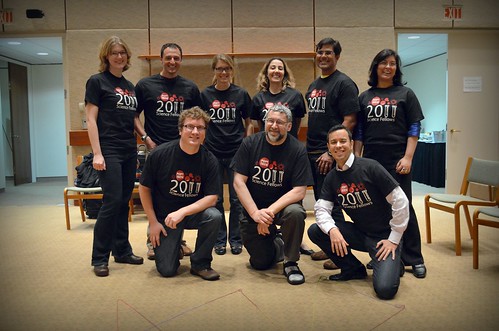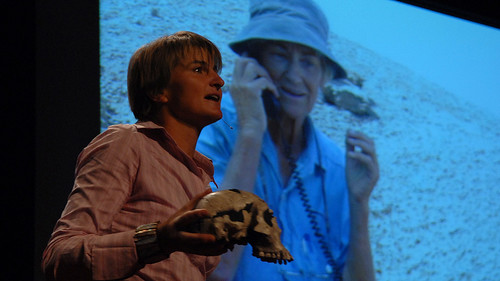At the PopTech Science and Public Leadership Fellows retreat at National Geographic headquarters earlier this month, the program’s faculty provided key insights to help equip the 2011 Fellows with enhanced leadership, collaboration and communication skills.

Member of this group are high-potential early- and mid-career scientists working in areas of critical importance to the nation and the planet. They represent a corps of highly visible and socially engaged scientific leaders who embody science as an essential way of thinking, discovering, understanding and deciding.
 Jeff Nesbit, Dennis Dimick and Lisa Witter on storytelling
Jeff Nesbit, Dennis Dimick and Lisa Witter on storytelling
For a taste of their ideas, have a look at...
- Graphic Record produced by Alphachimp: http://bit.ly/PopTechSciFellows11scribe
- The Full Story on the PopTech blog: http://bit.ly/PopTechSciFellows11
- Video of 2010 Science Fellows at: http://poptech.org/sciencefellows/
 Alphachimp
Alphachimp  Tuesday, September 27, 2011 at 8:59AM
Tuesday, September 27, 2011 at 8:59AM 












